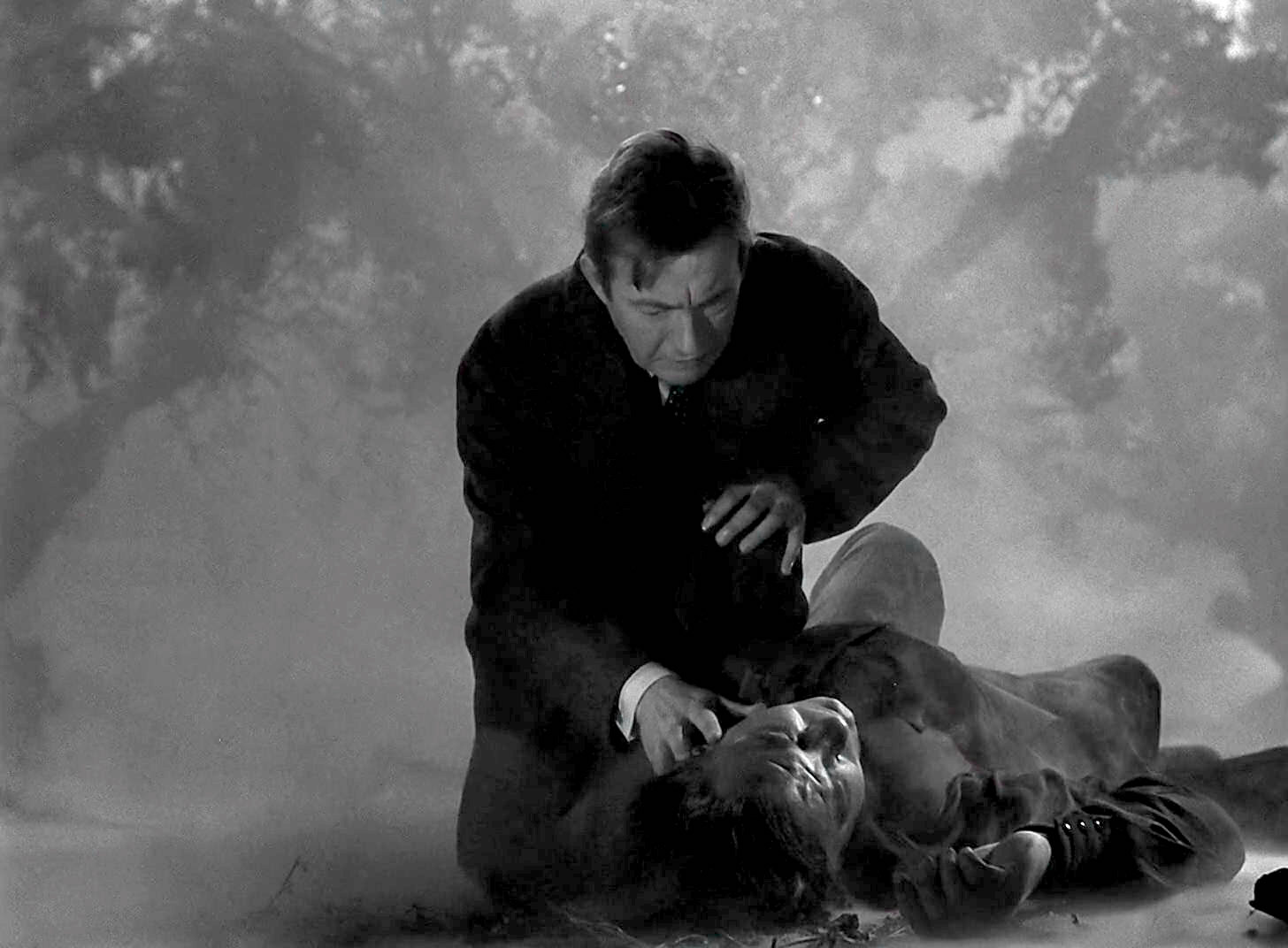Interviews
The Actual American Dream Isn’t on the Magazine Covers
Sarah Thankam Mathews’ novel, "All This Could Be Different," contextualizes the immigrant hustle within the brown queer experience

Sneha, the 22-year-old protagonist of Sarah Thankam Mathews’ debut novel All This Could Be Different, is the dutiful immigrant daughter. Despite the long recession, she bagged a corporate job right after college, and a free apartment in Brewers Hill, Milwaukee. She regularly sends money home to India and is also working toward a visa sponsorship. Her life, on the outside, is set—except for the supine after-work hours, the loneliness unquenched by desperate swipes on dating apps, the bed temporarily warmed by one woman after another. When a chance encounter with Marina, a professional dancer, incites a crush that burgeons into a burning desire, Sneha realizes life may have more to offer. As her feelings deepen, she is compelled to contend with her identity, her (in)ability to share parts of herself, and the familial past she has buried.
A beautiful, authentic rendition of the brown queer experience and immigrant dynamics, All This Could Be Different is a love letter to these communities. It is a novel of possibilities, and a novel bound to steal your heart.
Sarah Thankam Mathews and I spoke over Zoom about finding community, the immigrant hustle and the American Dream, coming of age and emotional intimacy, and much more.
Bareerah Ghani: One of the most profound threads in the novel is the exploration of adulthood from the eyes of someone in their early twenties. Sneha talks about her present life as a period of freedom and looks to “adulthood” as an inevitable circling back to a path that’s already been carved out: find a stable job, get a partner, buy a house. At her age, I also felt like being an adult meant eventually giving in to what others asked of me. I would love to hear your thoughts on this warped sense of adulthood.
Sarah Thankam Mathews: Writing a coming-of age-novel, I felt aware of the ways in which the form can be conservative, although a lot of queer and postcolonial writers have done a lot to innovate within the conservative shape. Ultimately, I found it useful to almost put an explicit reference to the concept of “coming of age.” There are references to Goethe, who wrote what’s considered in the western frame one of the first Bildungsromans. And there’s this definite explicit acknowledgement of the western concept of coming of age, which is this liminal stage between childhood and adulthood, where you have some degree of satellite freedom, but not the full assumption of responsibility. I want to be careful with how I talk about this because Sneha is responsible for many things—for example, she’s responsible, like many immigrant kids, for sending money home. But what I’m talking about is specifically the responsibility to reproduce society as it exists. That’s what I mean when I say conservative. Ultimately, as I wrote my way deeper and deeper into the novel, I found the characters within it sort of shaking a fist at the world as it is, feeling really no investment in reproducing it, and in fact desirous to imagine different ways of being, of relating to each other, things that look like something other than bourgeois pro-capitalist.
BG: It’s especially heartbreaking how Sneha often feels like she isn’t seen by her family. How do you grapple with the idea that sometimes we have to conceal parts of ourselves from the people who raised us and shaped us?
I think it’s really up to us young South Asians to break intergenerational patterns of relational harm or trauma—and break them ideally in both directions.
STM: One of the shaping mechanisms of this novel is silence. Its first-person narrator is aloof and silent, and often deals in lies and cordoning off the different facets of herself. The thing about that is, on one hand, it’s deeply understandable given her background—from the ruptures of immigration to the criminalization in her family’s history. I feel a deep well of compassion for Sneha, and I hope some readers do, as well. This is someone who’s defiant about being seen as any kind of victim and is mocking the concept of trauma but definitely carries a heavy burden nonetheless. On the other hand, Sneha’s approach makes her unknowable. That’s what lying and silence does—it makes us unknowable, and sometimes to the people we love the most.
Part of the overarching project of this book is to examine what it means to be in community with people, to know and let yourself be known, to give and take in mutuality. The novel is advocating for a certain kind of large-hearted, generous, and honest relational style between people that allows them to build relationships and community with each other.
BG: I found it interesting that even when Sneha has real, steady friends and a partner, she struggles to be vulnerable. At one point, she tells Thom that in her culture there isn’t “always a big focus on, like, attention, affection, saying feelings out loud.” This resonated with me and I’m wondering what you make of this truth about South Asian culture. To what extent do you think it serves to work against our ability to maintain intimacy and be emotionally available in relationships?
STM: I really don’t see certain things as exclusive to South Asian culture. I have met plenty repressed WASP parents in my life who’re out there harming their kids’ psyches. But I do think there are specific challenges for young people to navigate if they’re diasporic; if they, like so many South Asian people, come from families who’ve experienced meaningful trauma, whether that’s partition or the longer wounds of colonization, or just, like, the trauma that is immigration. I’m an immigrant, I came here in my late teens. There was a lot about that process that was incredibly difficult and wounding for every single member of my family and it’s the sort of great, shaping force of my life. So I think it’s really up to us young South Asians to break intergenerational patterns of relational harm or trauma—and break them ideally in both directions, not just for the next generation, but also work to have engaging conversations with our elders, our parents, when that’s possible. And the reality is that it’s not always.
BG: Sneha and Thom’s dynamic is particularly interesting. He treats Sneha like one of his boys. We know he cares for her, loves her genuinely, but then on several occasions, when Sneha is pouring her heart out to him, he shows a lack of empathy. I’d love to know your thoughts on what I perceive as a typical hetero male friendship dynamic, where there’s a macho facade and a seeming lack of overt emotional support. How do you see all of this in connection to emotional intimacy in friendships and in the community we build around us, outside of family?
STM: The relationship between Sneha and Thom means a lot to me. One, you have a dynamic between two people who have their own relationship to masculinity. Sneha, in a lot of ways, idolizes masculinity, thinks of it as a superior way of being. That’s evident in some of her choices, some of her relational approaches, and even things like, she would much rather be sort of the strong, silent cowboy type than let her feelings spill all over the place. Early in the novel, when she says that she recognizes something of herself in Thom, that’s a lot of what she’s referring to—this spark of recognition that here is someone who’s also sensitive, who also thinks about the world and art and politics, but ultimately is kind of a bro, like they’re both kind of bros together. You see the challenges of real intimacy when two or even one person in a friendship is really committed to being apathetic and chill, and not letting their soft underbelly be exposed. And you see that in real contrast to the feedback cycle of general openness and generosity that, with some exceptions, you witness between Sneha and Tig. The other thing that is very interesting to me about Sneha and Thom is that they’re coworkers. They work in the same company, the same system, and one of the things that comes between them is conflict about who’s getting paid more. There’s something about their relationship that allows us as readers to think about what it means to have friendship and solidarity at work, and also what it means to compete with your close friends in capitalistic systems. Professional jealousy comes up in a lot of friendships, but it isn’t necessarily talked about.
BG: Sneha’s corporate life routine—the consistent back-and-forth between just home and work—makes her seem like a cog in the capitalist machine. I think it also speaks to the idea that the American Dream sold to the immigrant child from an early age seems to leave no room for personal ambition and drive. How do you contend with this as it connects to the immigrant hustle, the desire for a better life, and capitalist greed?
STM: In the novel, when Thom, whose radical politics Sneha does not at that time share, accuses her of being an aspiring member of the bourgeoisie, Sneha’s response is a little bit like: “fuck you, yes I want to have this life that I’ve never had”—and implicit in what she says is that Thom got to have it, his parents are doctors, etc., and so it’s really easy for him to play Mao. I think the beauty of the novel is that it can allow deep characterization, individual consciousness, and individual history to inhabit these questions. Sneha is not a super ambitious girl-boss type. I think what she’s really motivated by – because of her personal history – is safety. And a different character—frankly, like a younger version of me—would’ve been more motivated by the explicit question of ambition and climbing the ladder and making oneself a story. Sneha’s very much like: Maslow’s needs, I want safety, stability. There’s something very heartrending to me about that. And I think that that is actually the most common American dream.
The more complicated narrative that the American dream doesn’t ever examine is that there’s a reparative quality to what immigration can be.
A lot of Time Magazine cover stories of the American dream focus on a certain kind of pioneer wunderkind narrative when in fact, the actual American dream has to do with the fact that the world is extremely unequal—in part because of imperialism, war, climate change, and post-colonialism—and the quality of life and the safety and stability one can have is very different, based on what country you are born into. And the quality of life and the safety and stability one can have is very different, based on what country you are born into. So, it makes a lot of sense to me personally that people – who come from parts of the world which have been affected if not ravaged by colonialism and war, and the poverty and resource theft that ensues from those things – want to immigrate to richer countries that, in some cases, were responsible. Suketu Mehta talks about this explicitly in his book, This Land Is Our Land. One of its opening stories is of this Indian elder who, when confronted by a racist British man who was like, “why are you here, go back,” says: “I’m here, because you were there,” meaning, you were there in my home country. I think that’s the more complicated narrative that the American dream doesn’t ever examine, which is that there’s a reparative quality to what immigration can be.
BG: I find it interesting that Sneha often feels like she is her parents’ investment. At one point, she says, “All my choices are mortgaged to the people who have made my life possible.” I think this could ring true for many immigrant children, who are seen and treated as avenues for family success. How justified is this approach in your opinion, keeping in mind the fact that immigrant parents undertake the difficult task of starting anew in a foreign country, with language and cultural barriers, looking for safety for themselves, their children, and the generations to come?
STM: The reality is that families are wildly different. Most of the families I know who’ve experienced immigration—and specifically, where people have engaged in this script of “we’re investing in our children, we’re giving everything to our children”—the primary impulse isn’t anything other than dogged, sacrificial love. I want to honor that. It’s the sort of collision of this love against an unequal and extractive world that creates the hardship in my eyes. It’s the hardship of familial separation. It’s of using guilt as a weapon because you don’t see your child, who you love so much, as separate from you, and so you’re trying to control what they end up doing. I see it all as a flawed but deeply human expression of something beautiful and transcendent—which is love. And some things that are hard and fraught, like racial and wealth inequality, meets, frankly, an unwillingness to accept that your child has their own life and agency, which is a challenge for parents to accept across all cultures.
There’s a passage of the novel where Amit asks Sneha this sort of pitying question about arranged marriage and she’s struck mute because she doesn’t know how to say what she wants to say. And one of the things she says is, “I did not know how to explain this stubborn love for my parents that I staggered under, iridescent and gigantic and veined with a terrible grief, grief for the ways their lives had been compost for my own.” I think that’s like the novel’s attempt to engage with what it’s like to at least be on the child’s side of that dynamic.
BG: What advice would you give to a young queer brown person like Sneha, experiencing their early twenties?
STM: Find your people. Remember that you matter, very deeply. Try to situate yourself in the world. One of the things about being very young is that the world is large and incomprehensible to many, and trying to learn about the world and being in love with the world is one of the great gifts you can have as a young person. Particularly if you’re queer, situate yourself in queer history and lineage. The great comfort I always held onto was that there were other people like me—in long time, in present time. It’s ultimately about finding people like you, people you can build bridges of commonality with and see yourself reflected back in—and knowing that it’s often going to be hard, depending on who you are, but it’s also going to be very beautiful, joyful, and glorious.









